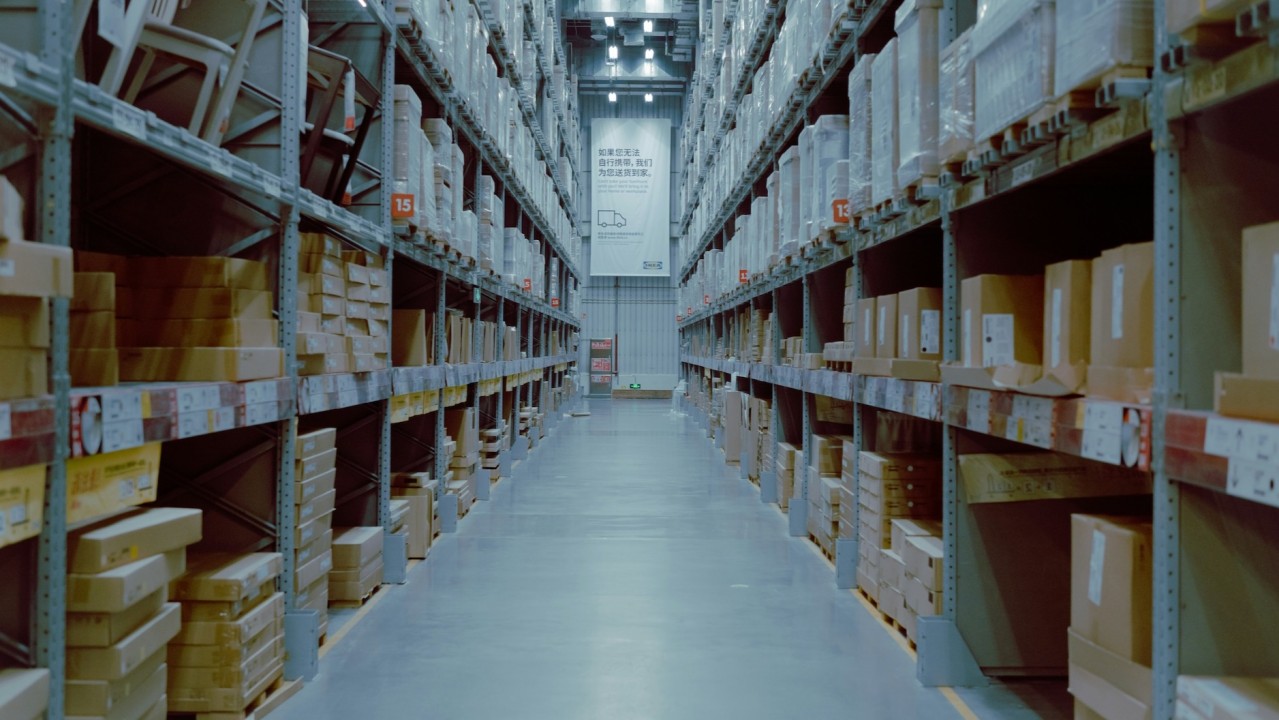I don’t lose sleep over Amazon. They are a threat to many, but they are also an inspiration, showing us what is possible when we lose our preconceived notions. For example, Amazon’s announcement regarding their launch of faster same-day delivery with mini-fulfillment centers should help retailers realize the power they have right under their noses.
Today many retail brands already have established mini-fulfillment centers and the inventory and staff to make same-day delivery a reality; it’s their storefronts.
What they are missing to close the gap, is the fulfillment and delivery technology that can effectively and efficiently cover the last mile. This is the millions of dollars investment that the likes of Walmart and Amazon have effectively made these past years.
Traditional supply chain solutions aim to ensure the right product, right place, right time and right quantity. However, today’s consumer extended that to add the right delivery service. And, while retailers will rely on a network of third-parties to provide logistics and delivery services, these are often siloed pieced-together supply chain solutions.
The problem with siloed, third-party solutions that are not fully connected to your overall supply chain is the loss of control. Today, Amazon controls its marketplace, fulfillment, warehouses, contracted drivers, etc. This provides for the ridiculously fast speeds within which they deliver. And with fast delivery a growing trend, retailers must learn how to meet this delivery imperative.
So if I think of the storefronts, as micro fulfillment centers, then retailers already have the “inventory and warehousing” now they need the logistics and delivery. And its not just about moving the items from point A to B but from understanding the smartest most connected way to move items within each company’s own business logic.
This requires data intelligence that can see across the supply chain- including systems, partners and processes, add business logic and understand customer experience to best automate fulfillment and logistics.
Like I have said many times before, ideally, this will be used in an open, connected network of solutions and partners with the shared end goal of rapid, cost-effective delivery.
Now with this solution and the many storefronts they have, retailers are positioned to provide their customers with the expected delivery services they demand.



